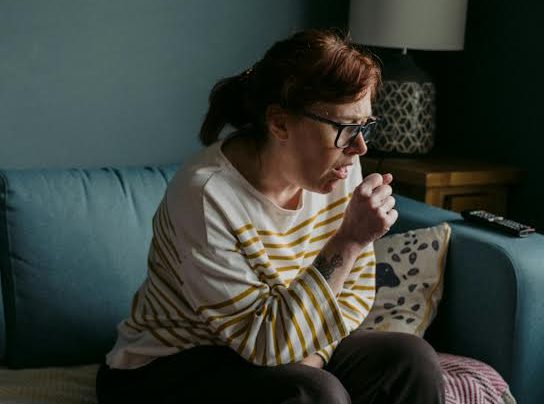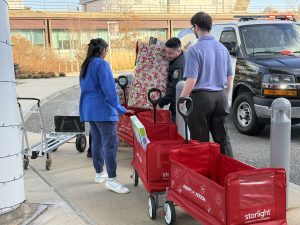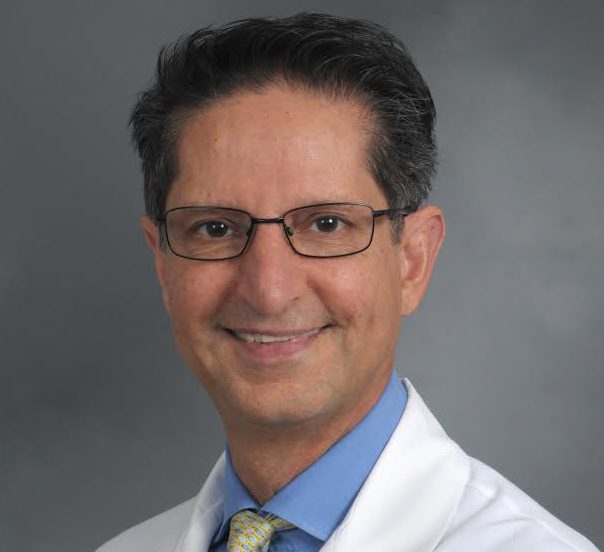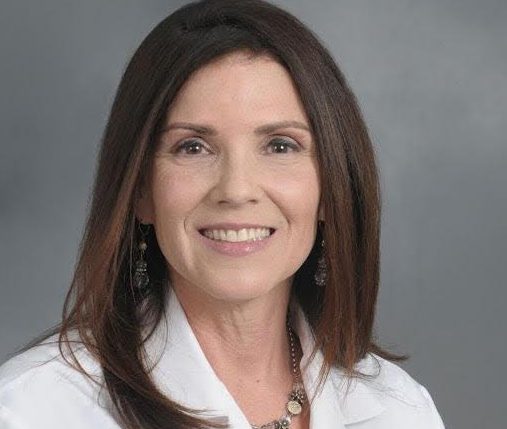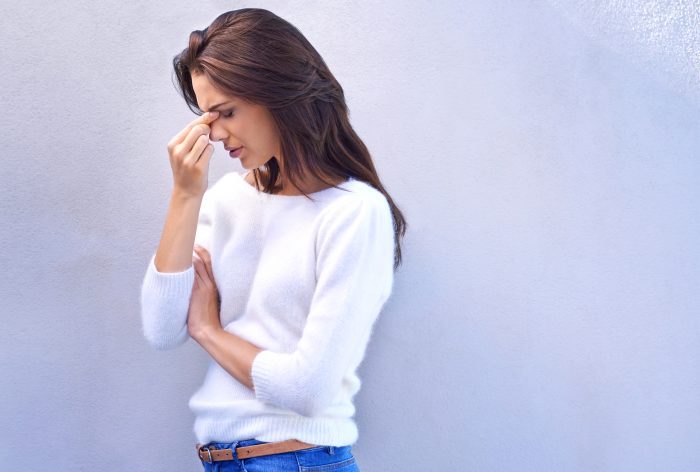Study published in The Lancet provides a basis for investigating Long Covid in the post-pandemic era
A new study that identified 475 patients with post-acute sequelae of Covid-19 (PASC), also known as Long Covid, revealed that nearly 85 percent (403) of these patients had multiple Covid-19 infections over the course of a four-year period (March 2020 to February 2024). Additionally, vaccination independently reduced the risk of Long Covid in patients who had received the vaccination prior to contracting the infection.
Conducted by a team of researchers at the Renaissance School of Medicine (RSOM) at Stony Brook University, in conjunction with the Stony Brook World Trade Center (WTC) Health and Wellness Program, the study may serve as a foundational assessment of Long Covid patients in the post-pandemic era. To date there are few studies with such a patient sample size that investigates what puts patients at risk for Long Covid and what causes this chronic condition.
The findings are published early online in the February edition of The Lancet Regional Health – Americas.
“While it is possible that the causes of Long Covid could be many and variable depending on the patient population studied, with this cohort the evidence is clear that by having Covid numerous times, patients became more at-risk for developing Long Covid,” says lead author Sean Clouston, PhD, Professor, Department of Family, Population and Preventive Medicine in the RSOM, and Program in Public Health.
He adds that after adjusting for relevant demographic, lifestyle, and clinical variables, the findings reveal a statistically significant association between experiencing multiple Covid-19 infections and the risk of experiencing PASC (aka Long Covid).
The patients were identified from a group of more than 2,500 first responders who previously had Covid and are prospectively monitored for infection complications by the Stony Brook WTC Health and Wellness Program. The 475 identified with Long Covid by the Program’s physicians, led by Benjamin Luft, MD, Director of the Program, continually experienced Long Covid symptoms ranging from fatigue, mental fog, other neurological conditions, as well as multiple respiratory problems and gastrointestinal symptoms.
Given that some of the first responder patients have had symptoms over the years related to their environmental exposures, such as respiratory illnesses, Long Covid symptoms were identified and charted separately and after each subsequent Covid infection.
Since there is no diagnostic test for Long Covid, the researchers followed the World Health Organization’s guidelines as to identifying Long Covid. They identified participants with Long Covid as having experienced the continuation or development of at least one new symptom that emerged within three months after their initial Covid-19 infection and persisted for at least two months without other concurrent medical explanation. In contrast, those without such experiences after having Covid were placed in the non-Long Covid group.
“There are some possible pathogenic mechanisms that cause Long Covid, but the entire spectrum of its risk factors remains unknown,” explains Dr. Luft, a co-author, the Edmund D. Pellegrino Professor of Medicine in the RSOM, and an infectious diseases specialist. “This is why our study and future ones are so important. Identifying specific risk factors such as re-infection or lack of vaccination can assist in better understanding and managing the condition.”
The authors point out that the safest way to avoid contracting Long covid is to prevent the infection in the first place. However, they emphasize that the role of vaccination in the risk of developing Long Covid cannot be underestimated. They wrote, “Among those who later developed PASC, we found that the risk of PASC was much higher among individuals who were unvaccinated at the time of their first (Covid-19) infection.”
Dr. Luft adds that the vaccine is imperfect, and of those who develop Covid – even though vaccinated – are at risk and should take measures to mitigate the severity of infection.
This research was supported in part by the National Institutes of Health’s National Institute on Aging (NIA) and National Institute for Occupational Safety and Health (NIOSH) – grants (NIH/NIA R01 AG049953), and the Centers for Disease Control and Prevention – grants (CDC/NIOSH U01 OH011864) and (CDC/NIOSH U01 OH012275).

